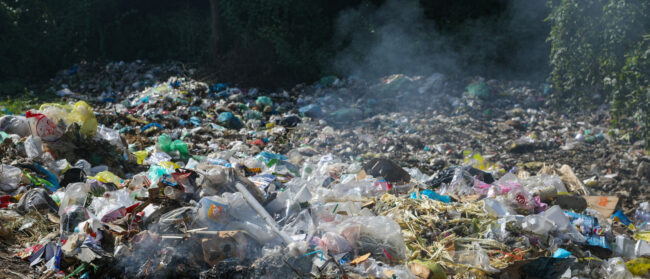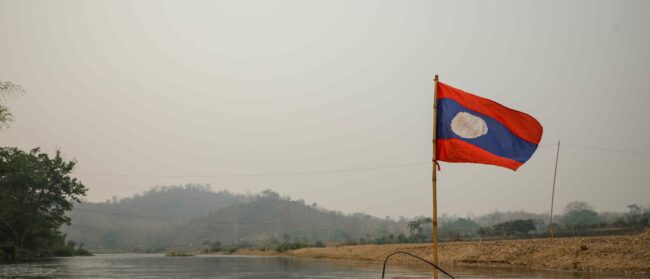A spectre is haunting Southeast Asia. Drifting listlessly beneath the waves, it takes its shape from the sea’s slow churning. Colourless in the tide’s stern hands, it almost looks like a jellyfish – close enough, at least, for the scavengers waiting in the wings. Later, freed from the belly of a seabird bloated in the beached sun, it will spill out onto the sand, unfolding, hour by hour, back into a plastic bag.
From the start of 2018, China has no longer been accepting the low-quality waste that once laid the foundation of its own flourishing plastic goods industry – a decision that, by some estimates, may leave as much as 111 million metric tonnes of plastic bags, food packaging and single-use straws struggling to find a place in this world outside the gullet of a seagull by 2030.
And although some Southeast Asian nations such as Thailand and Vietnam have since declared similar import bans as they strain to stem the tide of their own home-grown plastic trash, other developing countries across the region remain a welcome sight to the scores of manufacturers hoping to turn one nation’s trash into their own private treasure.
Jenni Downes, a research consultant at the University of Technology Sydney’s Institute for Sustainable Futures, said that many Southeast Asian nations are bearing the brunt of China’s decision.
“When China announced this ban, the first thing that happened is that recycling industries in countries such as the UK and the US and Australia have been looking for other markets to take these recyclable materials – and a number of other Southeast Asian countries have started increasing the amount that they were importing as more and more was rejected from China,” she said. “There have been some stories about that waste not being dealt with properly in certain instances in some of those countries – importing recyclable material but then recovering only a very small proportion of that material, maybe the metal, whatever’s most valuable, and then landfilling or burning the rest of that material.”

The waste of the world is not the region’s only concern. A study by the Ocean Conservancy environmental advocacy group revealed that Asean nations accounted for four out of five Asian countries responsible for more than half the world’s plastic waste. Seeram Ramakrishna, chair of the National University of Singapore’s Circular Economy Taskforce, said that much of Southeast Asia continued to struggle beneath the sheer weight of its own refuse.
“The waste recycling sector is unorganised with low-skilled labour,” he said. “There’s a lack of suitable technologies, lack of knowledge and infrastructure to track waste at various stages along the value chain – and low market prices for recovered materials from waste, thus an inability to recoup the full costs of properly recycling waste.”
Helen Millicer, a Churchill Fellow and the head of One Planet Consulting, has researched sustainable solutions to waste management across the European Union as well as here in Southeast Asia. In many developing countries across the region, she said, much of the infrastructure employed in burning off the waste and refuse of the West fails to meet the standards of sustainability. And not all waste-to-energy plants – less euphemistically referred to by Millicer as “incineration plants” – are made equal.
“It does come down to price – high performance standards are more expensive, and the other factor is whether or not they’re getting any other benefits from the incineration, such as generating the electricity which they might put back into the grid,” she said. “But those kinds of facilities are even more expensive than just an incineration plant. And if it’s not going to be incinerated and it’s not going to be reprocessed, then it ends up in a landfill.”
A lot of waste processing in developing countries is done very manually…and there’s a lot of health and social impacts that come from that
Jenni Downes, research consultant, University of Technology, Sydney
It is in this gray space between fire and fallow that the waste pickers come calling. From the thin light of morning until deep into the night, countless labourers across Southeast Asia pick their way through piles of refuse in search of recyclables that might help them keep their families fed. For many of these nations, this is where their system most falls short – without adequate sorting and separation at its source, much of the plastic that wends its way to reprocessing plants is already irreparably contaminated. Where the government falls short, though, this informal labour force have long taken matters into their own hands.
“A lot of waste processing in developing countries is done very manually, by landfill pickers, people who are literally walking through waste looking through material to use and hand-separating things – and there’s a lot of health and social impacts that come from that,” researcher Downes said. “So countries who are taking material where that infrastructure isn’t available or widely implemented are likely to be using that manual labour. That’s how they’re already dealing with their own waste, so [China’s decision] is not necessarily introducing this issue into their countries – but it’s probably exacerbating it with the feeling that there’s profit to be made by expanding the number of businesses looking to bring in the recyclables and then ‘employees’ to sort through that.”
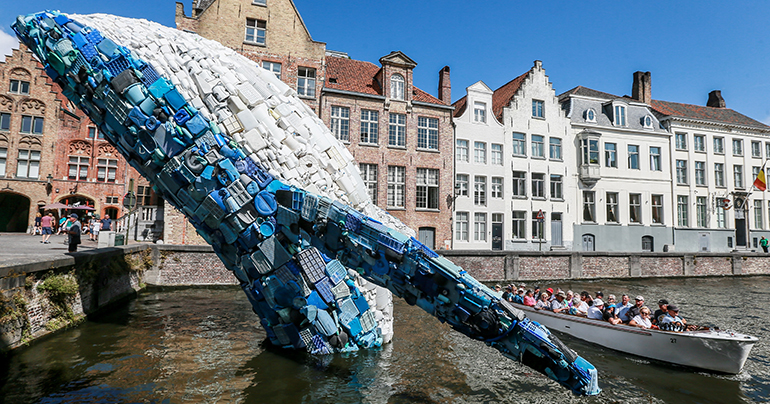
For many grappling with the sheer scale of the world’s growing plastic problem, this informal economy of waste pickers might just hold the key to a people-powered solution to the crisis. A report published last year in the peer-reviewed Resources journal investigated the intersection between these informal labour forces and the struggling waste management systems of Hanoi, Surabaya and Delhi – three of Asia’s fastest-growing cities. It found that folding the existing waste pickers into the regulated waste management system could not only boost the flailing recycling sector but lift the living standards of countless workers.
“Proper regulation could improve the sorting conditions, increase the volumes of recycled materials and support the urban economy by providing stable employment to a large number of workers,” the report said. “Furthermore, improved integration of the sector would guarantee jobs for sector workers. It is, therefore, necessary to look past the depressing image of a sector that, although far from perfect, tends to be open to abuse predominantly because it has been consigned to informality. Regulating and integrating recycling into the wider solid waste management sector would help ensure that social and environmental standards are progressively put in place.”
For Downes, Australia’s own lineage of manual waste management clearly demonstrates the advantages of greater government oversight of an industry prone to poor working conditions.
“Even the thinking 20 years ago in Australia [was that] huge amounts of our municipal waste, our household waste, was sorted by hand, by people literally on a factory line picking things out,” she said. “And there were health and safety hazards, but because of the governance systems that we had in place, those health and safety concerns were at the forefront of businesses, and the penalties for failing to comply were high. So there was a lot of time invested into making sure that people were properly trained and protected.”
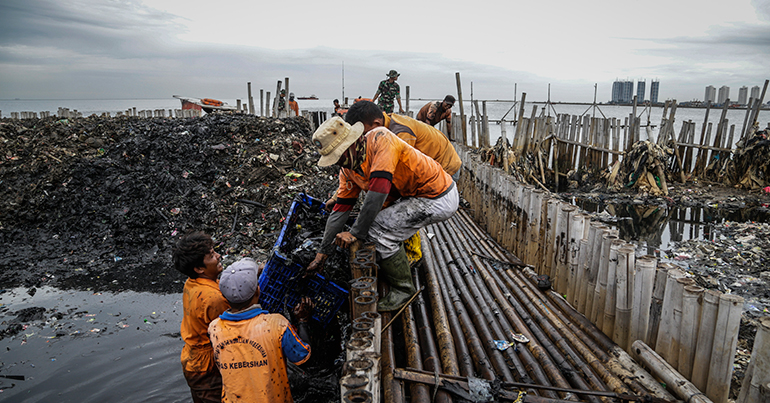
For many workers sifting through the wastelands of the world, the idea of waiting for the government to reach out to a workforce that few ministers bother to think about is a distant prospect. A report published earlier this year in the peer-reviewed journal Sustainability examining the rise of waste-picker cooperatives in Malawi revealed a number of benefits to collective action, from rising wages to eventual government recognition.
“Following the ‘strength in numbers’ theory, cooperatives can help waste pickers to acquire the physical tools, scales of economy and political rights that they may not otherwise be able to obtain individually,” the report stated. “Specifically, groups of workers can combine their incomes to purchase or rent storage and cleaning facilities that would allow for bulk sales and potentially higher incomes; large holdings of specialised materials give cooperative members increased bargaining power. Ideally, the pickers would be guaranteed to earn a salary and shielded from the worst societal opprobrium or stigma. Perhaps most importantly, cooperatives would be able to influence government and public opinion, leading to expansion, further rights and, ultimately, acceptance.”
But Millicer told Southeast Asia Globe that, while greater regulation of the informal waste-picker economy could potentially tackle the sheer scale of the region’s growing plastic problem, the material rewards for rounding up plastic waste often failed to meet the required risk.
“The local waste pickers could possibly be more organised to collect on a larger scale – that would certainly help, but to some extent, part of the problem is that if we’re referring to plastic, plastics are so cheap and ubiquitous, and one of the things that the European Commission, with their circular economy, has been discussing is the idea of actually putting a levy on generation of plastics so that it’s more expensive. Therefore, there’s greater value in the recovery of the material,” said Millicer.
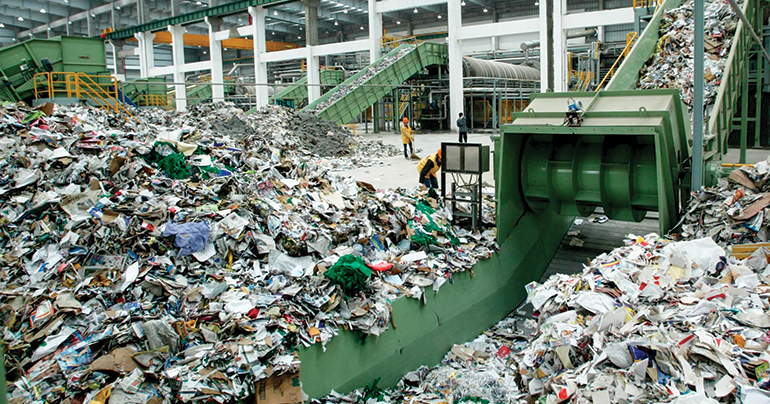
For Ramakrishna of the National University of Singapore, the solution to the world’s plastic catastrophe will not be found until we fundamentally detach ourselves from the post-industrial commodity culture of “mine-make-use-dispose” – what has become known as a linear economy that leaves little room for reuse.
“Growing awareness of the harmful effects of waste and pollutants on the environment and concern for the sustainability of nature for future generations means changing from a linear economy to the circular economy,” he said. “In other words, the materials are not to be seen as a disposable commodity, but as a valued asset to be tracked and conserved for repeated reuse.”
Ramakrishna said a number of nations, including Singapore, are fighting back against rampant urbanisation and the commodity-centric manufacturing that feeds it through a host of domestic policies, inching them closer to the ideal of the zero-waste society.
“They are revising policies to ban single-use plastics, encourage switching to new packaging materials with the lowest carbon footprint, targets for waste collection and recycling rates, product take-back strategies to ensure successive lives, use of regenerative resources, restricting the use of hazardous substances in the products and processes, and cleaner modes of transportation,” he said.
Both Downes and Ramakrishna told Southeast Asia Globe that China’s decision, however daunting, could even be a boon for developed nations now starting to recognise that shipping their waste to developing economies was no replacement for a long-term sustainable solution – especially if those nations continue to draw inspiration from China’s example.
“The more developed of those countries are looking to follow China’s move in the mid-to-long term,” Downes said. “One of the reasons that China actually went ahead with the ban, or at least the reason that’s been given, is that their middle class has been producing enough waste of their own now to be using that as a resource. And so they’ve gone through that process of very manual sorting, and the health and safety issues that are associated with that, and then slowly developed over time as they’ve seen the value in that industry and in investing back into the industry to get to the point that they have now.”
From the plastic spilling from the bellies of stricken seabirds to the kilometre-wide garbage islands towering against the tide, the world’s plastic crisis seems almost insurmountable. For Millicer, it is the monstrous scale of the problem that calls most strongly for a revolutionary shift in our ongoing war on waste.
“You’ve got to start somewhere – you can’t just throw up your hands in despair,” she said. “And every step forward is a bonus. And only together, with many people working towards the same end, will we achieve that. It is a terrible problem that we have, where it’s possible, the way we’re going, that there will be more plastics in the ocean than fish by 2050. It’s already entering into the food chain, it’s killing our wildlife, it’s hurting the environment badly and it will hurt us too. We have to change the way we do things.”

